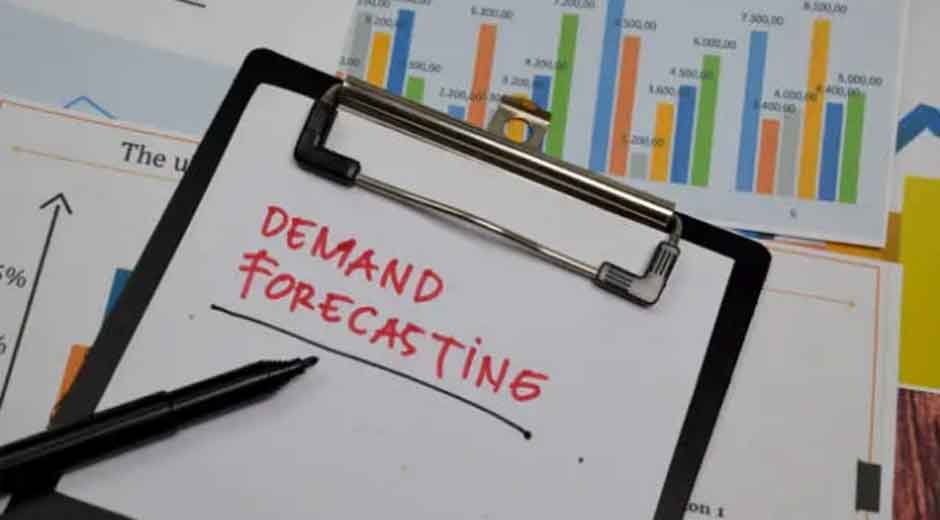Optimizing the supply chain is critical as markets become more complex and consumer demands shift. With rising logistics and inventory management costs, businesses need to find ways to improve efficiency. One of the most effective ways to tackle these challenges is through accurate demand forecasting. Studies show that businesses using precise forecasting can reduce inventory costs by 25% to 50%. In this article, we’ll do a deep dive on how demand forecasting can help lower costs and streamline your supply chain.
Reducing Inventory Holding Costs
Effective demand forecasting plays a key role in reducing costs and maintaining optimal inventory levels by:
- Improving Cash Flow
By reducing inventory, businesses free up capital tied up in unsold goods, improving cash flow. This liquidity can then be used for strategic investments or operational expenses. - Minimizing Overstocking & Saving Space
Accurate demand forecasting helps businesses avoid overstocking, streamlining inventory levels and optimizing warehouse space. This means fewer resources are spent on storing excess goods.
Enhancing Supply Chain Agility
Demand forecasting allows companies to stay agile and responsive to market shifts. With real-time data, companies can adjust their inventory strategies quickly, minimizing disruptions and adapting to demand fluctuations.
Risk Mitigation
Excess inventory carries the risk of waste, particularly for industries dealing with perishable goods. Precise forecasting allows businesses to make informed decisions, reducing waste and improving inventory management.
Cutting Logistics and Transportation Expenses
Accurate demand forecasting reduces transportation and logistics costs by:
- Optimizing Shipments
With better demand visibility, businesses can streamline shipments, reducing the need for frequent logistics adjustments and lowering transportation costs. - Efficient Route Planning
Forecasting demand across regions enables businesses to optimize delivery routes, cutting down on travel time and fuel costs. - Improving Delivery Performance
Reliable forecasting ensures the right products are available when needed, improving delivery performance and reducing time and cost inefficiencies. - Reducing Freight Costs
Precise forecasting allows businesses to negotiate better shipping rates by ensuring consistent shipment volumes, leading to cost savings on freight.
Streamlining Production Schedules
Demand forecasting helps companies avoid overproduction, better allocate resources, and boost productivity by:
- Simplifying Operations
Accurate forecasts lead to more efficient production schedules, reducing downtime and maximizing labor and machine use. - Reducing Lead Times
With better forecasting, businesses can reduce lead times, allowing for quicker responses to market changes and faster product delivery. - Enhancing Supplier Communication
Demand forecasting helps businesses communicate more effectively with suppliers, ensuring timely delivery of materials and minimizing stockouts and delays.
Leveraging Technology for Accurate Forecasting
Recent technological innovations have significantly enhanced demand forecasting. These tools enable businesses to make more informed, data-driven decisions.
- AI (Artificial Intelligence)
AI tools use advanced algorithms to analyze data, identify patterns, and make predictions. Unlike traditional models, AI can account for multiple variables and adapt in real time. Studies show that AI-enhanced demand forecasting increases precision by 35% to 50%. - Data Analytics
Data analytics gathers insights from various sources, like market trends, social media, and sales data. ERP systems allow seamless data flow across departments, ensuring real-time data-driven insights. - IoT and Real-Time Data
IoT devices and sensors enable businesses to collect real-time data from their supply chains, improving the accuracy of demand forecasts and ensuring more efficient operations.
Conclusion
Accurate demand forecasting is a powerful tool to reduce costs, waste, and inefficiencies in your supply chain. With the complexity of today’s business environment, forecasting is more critical than ever. Thanks to technological advancements, businesses can now use sophisticated tools to make more accurate and timely forecasts, leading to better resource allocation and higher profit margins.


